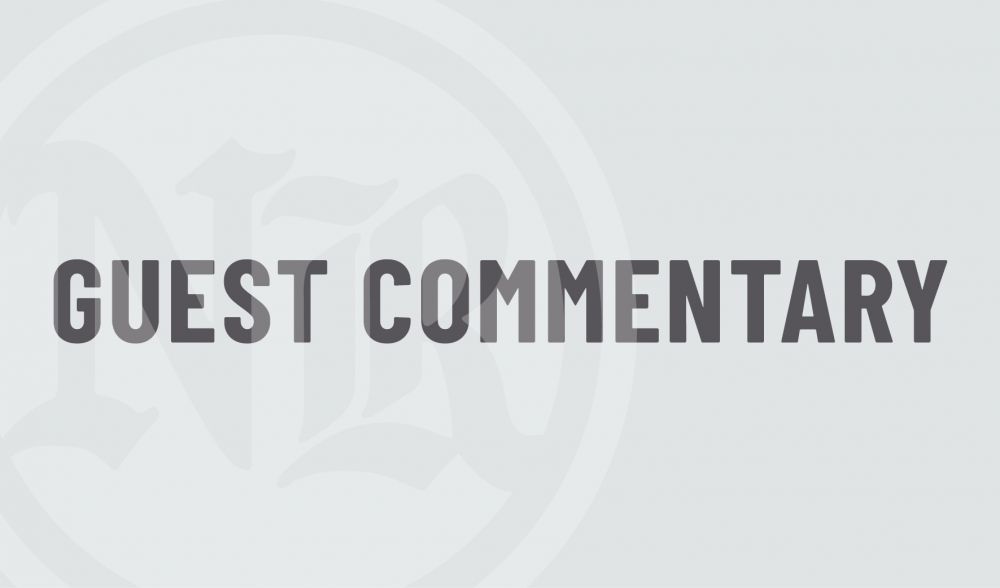Siegel: The role gunmakers play in America's gun culture

Americans have blamed many culprits, from mental illness to inadequate security, for the tragic mass shootings that are occurring with increasing frequency in schools, offices, stores and theaters across the U.S.
The latest, which occurred May 24 at a Texas elementary school, leaving 19 children and two teachers dead, was the 213th mass shooting this year. It was the 27th taking place in a school.
Yet during much of America’s ongoing conversation about the root causes of gun violence, the makers of guns have typically escaped scrutiny.
As a public health researcher, I find this odd, because evidence shows that the culture around guns contributes significantly to gun violence. And firearm manufacturers have played a major role in influencing American gun culture.
That’s maybe starting to change since the $73 million settlement between the families of victims of the 2012 Sandy Hook Elementary School shooting and the maker of the rifle used in the massacre. That may open the door for more lawsuits against firearm manufacturers.
To help support this much-needed discussion, I’d like to share some critical facts about the firearms industry that I’ve learned from my research.
The U.S. is saturated with guns, and has become a lot more so over the past decade. In 2020 alone, U.S. manufacturers produced 11.1 million firearms, up from 5.4 million in 2010, with pistols and rifles making up about 75% of the total.
A handful of gunmakers dominate the market.
The top five pistol manufacturers alone controlled over 70% of all production in 2020: Smith & Wesson, Sig Sauer, Glock, Kimber Sturm, Ruger & Co. The biggest rifle manufacturers — Sturm, Smith & Wesson, Springfield, Henry and Diamondback — controlled 61% of their market.
But all that only tells part of the story. A look at the caliber of pistols manufactured over the past decade reveals a significant change in demand, and it has reshaped the industry.
The number of large-caliber pistols able to fire rounds greater than or equal to 9 mm has soared over the past 15 years, rising from just over half a million in 2005 to more than 3.9 million in 2020. The number of .38-caliber pistols — small handguns designed specifically for concealed carry — jumped to a record 1.1 million in 2016, compared with 107,000 in 2005, and remained over 660,000 in 2020.
This indicates a growing demand for more lethal weapons, especially those focused specifically on self-defense and concealed carry.
The production of rifles has also increased, doubling from 1.4 million in 2005 to 2.8 million in 2020, though down from a record 4.2 million in 2016. This is driven primarily by a higher demand for semi-automatic weapons, including assault rifles.
So, what can explain the jump in the sale of high-caliber handguns and semi-automatic rifles?
Gunmakers have become very effective at marketing their wares as necessary tools for self-defense — perhaps in large part to offset a decline in demand for recreational use.
For example, in 2005, Smith & Wesson announced a major new marketing campaign focused on “safety, security, protection and sport.”
The number of guns the company sold soared after the switch, climbing 30% in 2005 and 50% in 2006, led by strong growth in pistol sales. By comparison, the number of firearms sold in 2004 rose 11% over the previous year overall.
There’s strong survey evidence that gun owners have become less likely to cite hunting or sport as a reason for their ownership, instead pointing to personal security.
The percentage of gun owners who told Gallup the reason they possessed a firearm was for hunting fell to 40% in 2019 from almost 60% in 2000. The share that cited “sport” as their reason fell even more.
Meanwhile, Gallup found 88% of gun owners in 2021 reported self-defense as a primary reason, up from 67% in 2005.
Another possible explanation for the uptick in handguns could be the widespread adoption of state “stand your ground” laws in recent years. These laws explicitly allow people to use guns as a first resort for self-defense in the face of a threat.
Utah enacted the first “stand your ground” measure in 1994. The second law wasn’t adopted until 2005 in Florida.
A year later, “stand your ground” laws took off, with 11 states enacting them in 2006 alone. Another 15 have passed such laws since, bringing the total number of states that have them on the books to 28.
These laws were the result of a concerted National Rifle Association lobbying campaign. For example, Florida’s law, which George Zimmerman used in 2013 to escape charges for killing Trayvon Martin, was drafted by former NRA President Marion Hammer.
It’s not clear whether the campaign to promote stand-your-ground laws fueled the surge in handgun production. But it’s possible that it’s part of a larger effort to normalize the ownership of firearms for self-defense.
This overall picture suggests that a marketing change fueled an increased demand for more lethal weapons. This, in turn, appears to have fostered a change in gun culture, which has shifted away from an appreciation of the use of guns for hunting, sport and recreation and toward a view that guns are a necessity to protect oneself from criminals.








Comments
jusasking
"Meanwhile, Gallup found 88% of gun owners in 2021 reported self-defense as a primary reason, up from 67% in 2005."
Another section of todays paper shows 2/3 of the Yamhill county budget goes to criminal justice. Think there's is any connection?